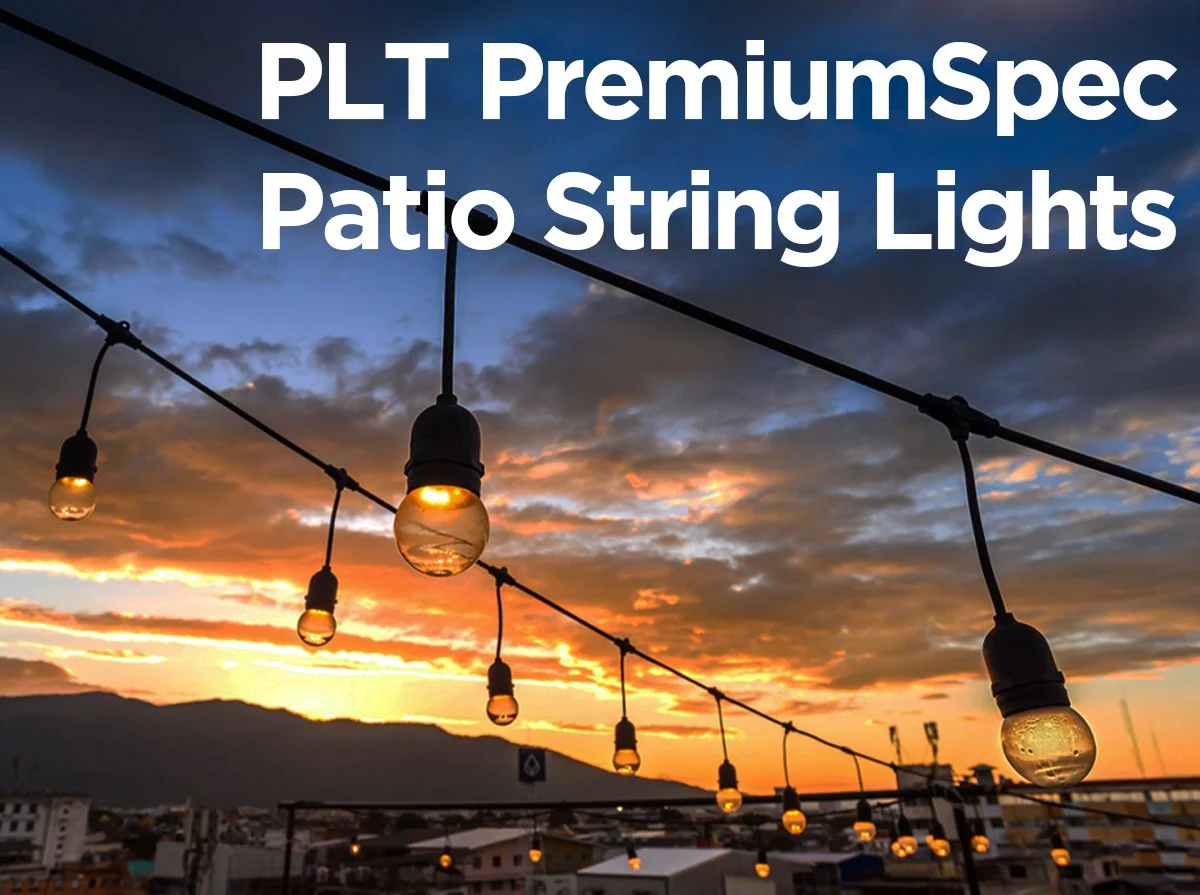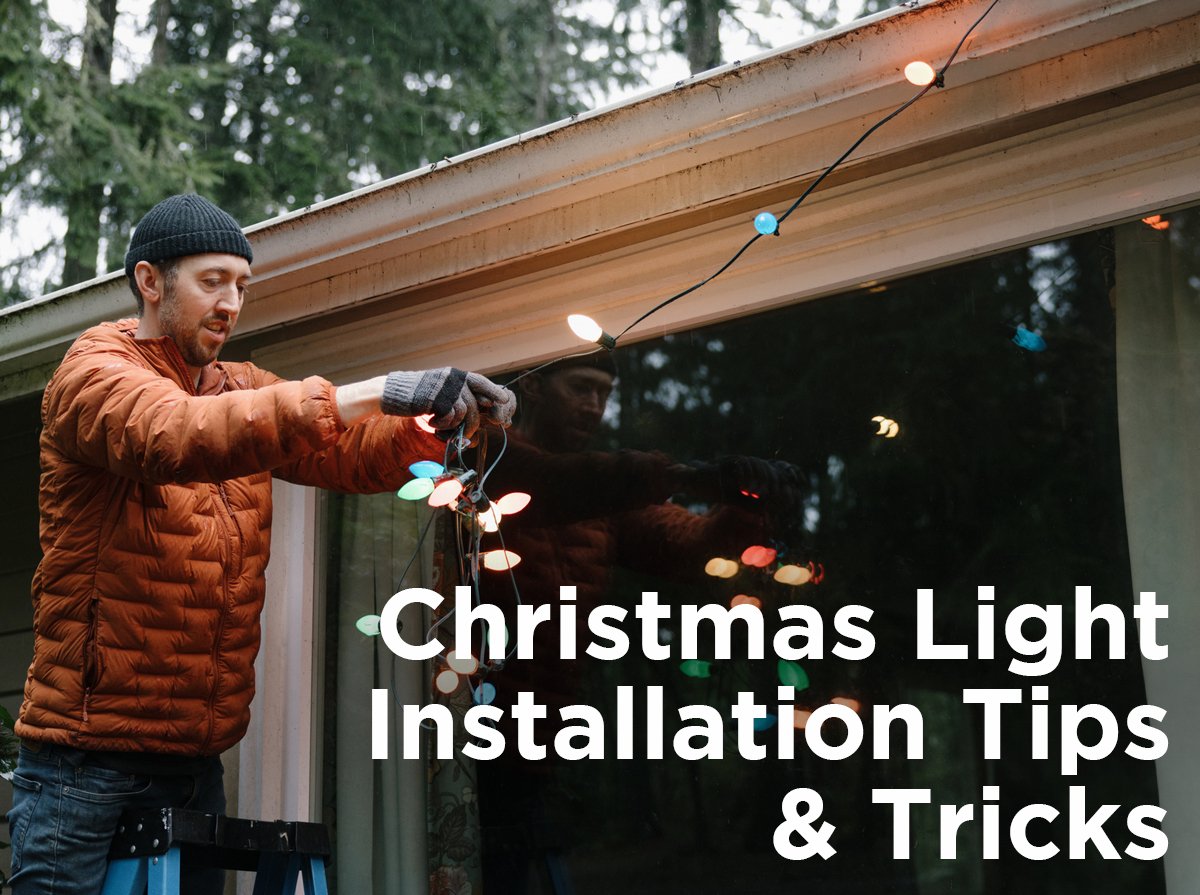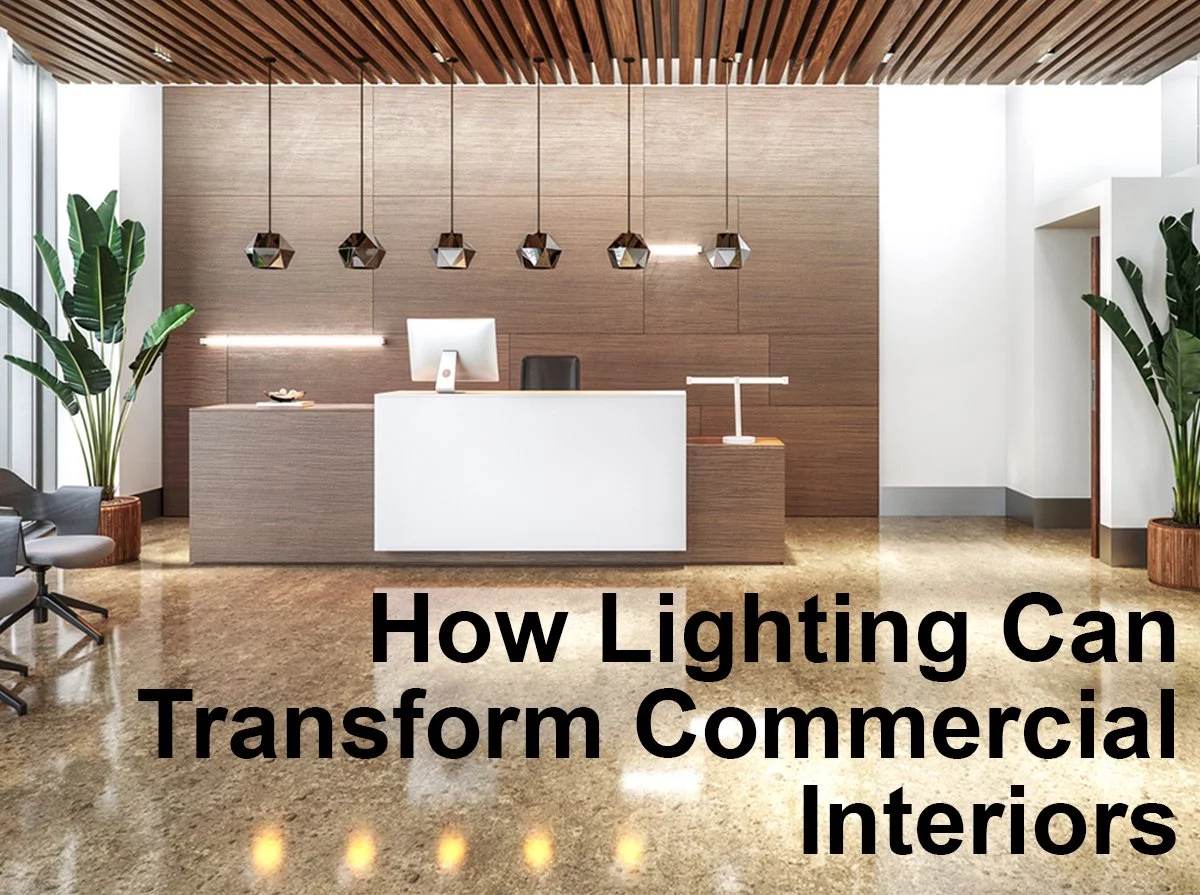Automate your outdoor lighting effortlessly by pairing your lights with photocells. In this guide, we will cover how to choose the right sensor, installation tips, and more.
Hi.
Welcome to my blog. I document my adventures in travel, style, and food. Hope you have a nice stay!













